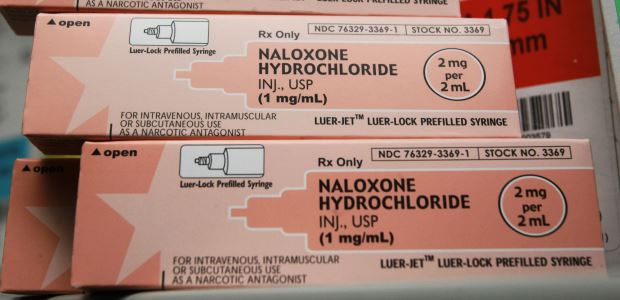
CDC Researchers Report Big 2014 Increase in Opioid Death Rates
Heroin overdose death rates increased by 26 percent from 2013 to 2014 and have more than tripled since 2010, from 1.0 per 100,000 in 2010 to 3.4 per 100,000 in 2014.
Four researchers from CDC's Division of Unintentional Injury Prevention, part of the National Center for Injury Prevention and Control, reported recently that opioid deaths in the United States rose by 14 percent in 2014, and the opioid overdose epidemic is worsening. "There is a need for continued action to prevent opioid abuse, dependence, and death, improve treatment capacity for opioid use disorders, and reduce the supply of illicit opioids, particularly heroin and illicit fentanyl," wrote Rose A. Rudd, MSPH; Noah Aleshire, JD; Jon E. Zibbell, Ph.D.; and R. Matthew Gladden, Ph.D.
Since 2000, the rate of deaths from drug overdoses has increased 137 percent, they reported, including a 200 percent increase in the rate of overdose deaths involving opioid pain relievers and heroin. (Naloxone is a medication used to reverse the effects of opioids, especially in overdose situations.)
The team reported that, during 2014, there were 47,055 drug overdose deaths in the United States -- more than in any previous year on record, and which represents a one-year increase of 6.5 percent, from 13.8 per 100,000 persons in 2013 to 14.7 per 100,000 persons in 2014.
They used the National Vital Statistics System multiple cause-of-death mortality files to identify drug overdose deaths.
The five states with the highest drug overdose death rates in 2014 were West Virginia (35.5 deaths per 100,000), New Mexico (27.3), New Hampshire (26.2), Kentucky (24.7), and Ohio(24.6), while states with statistically significant increases in their rate of drug overdose deaths from 2013 to 2014 included Alabama, Georgia, Illinois, Indiana, Maine, Maryland, Massachusetts, Michigan, New Hampshire, New Mexico, North Dakota, Ohio, Pennsylvania, and Virginia.
In addition, from 2013 to 2014, the largest increase in the rate of drug overdose deaths involved synthetic opioids other than methadone; while heroin overdose death rates increased by 26 percent from 2013 to 2014 and have more than tripled since 2010, from 1.0 per 100,000 in 2010 to 3.4 per 100,000 in 2014.